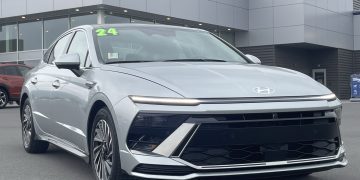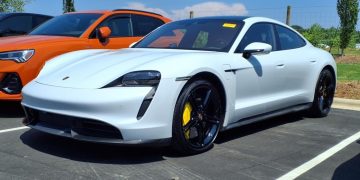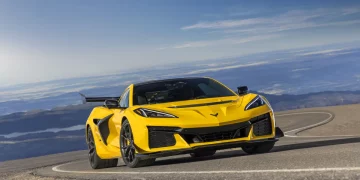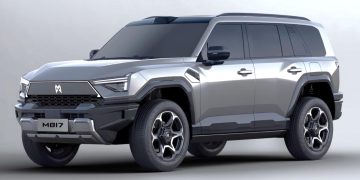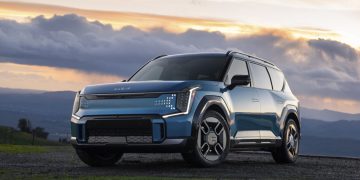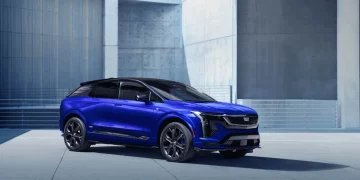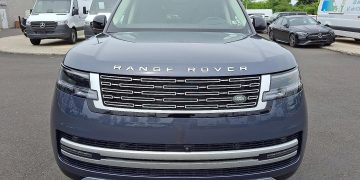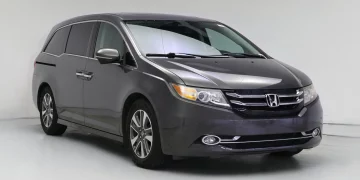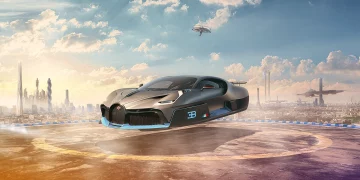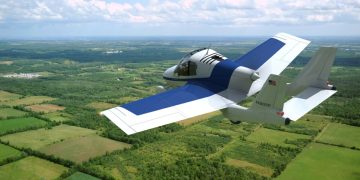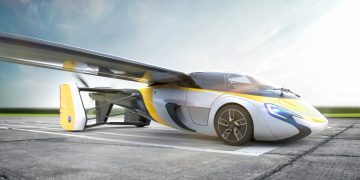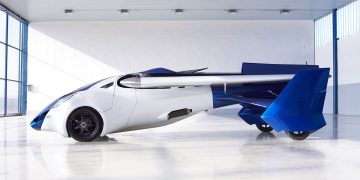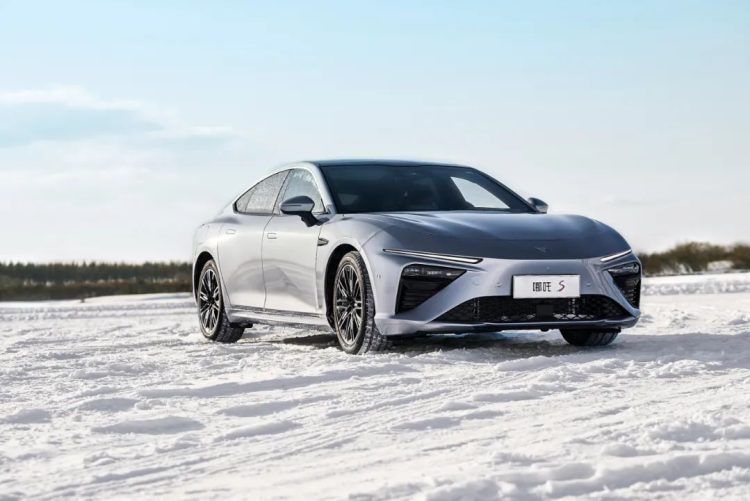Specialized vehicles are essential in industries that often require the transportation of goods, people, or materials under demanding and extreme conditions. Whether navigating through hazardous environments, braving extreme weather, or handling heavy loads, these vehicles are designed to operate reliably and efficiently where ordinary vehicles might struggle. To meet the high demands of industries such as construction, emergency services, military operations, or waste management, specialized vehicles must demonstrate both durability and high performance in extreme conditions.
In this article, we will examine how specialized vehicles perform under extreme conditions, exploring the factors that contribute to their endurance and performance, the challenges they face, and the technological innovations that enhance their capability.
1. Extreme Conditions in Which Specialized Vehicles Operate
Specialized vehicles are designed to withstand a variety of harsh and demanding conditions. These conditions include:
- Rough Terrain: Vehicles used in construction, military, or off-road operations need to operate efficiently over rugged terrain such as dirt roads, rocky paths, muddy areas, and sand dunes.
- Extremely Cold or Hot Temperatures: Vehicles operating in polar or desert regions must function in extremely low or high temperatures. The systems in these vehicles need to be able to operate within a wide range of temperatures without malfunction.
- Severe Weather Conditions: Extreme weather conditions such as heavy rain, snow, fog, or ice can impact vehicle performance. Vehicles must be designed to handle such elements without sacrificing safety or efficiency.
- Hazardous Environments: Vehicles used for hazardous material transportation, firefighting, or search-and-rescue missions often operate in environments where safety is paramount, such as chemical spills, fires, or radioactive areas.
- High Altitude: Specialized vehicles used in mountainous regions, such as those in the military or certain construction operations, must function efficiently at high altitudes where air pressure and oxygen levels are lower.
2. Key Features for Durability and Performance Under Extreme Conditions
Several custom features and design elements ensure that specialized vehicles can endure the harshest conditions. These features are engineered to maximize vehicle longevity, safety, and operational efficiency.
2.1 Robust Construction and Materials
The materials and construction techniques used in specialized vehicles are crucial for ensuring that the vehicle can withstand extreme stress and last over time.
- Reinforced Frames: Many specialized vehicles, especially those used in construction, off-road operations, or military missions, are equipped with reinforced frames made from high-strength steel or alloy metals. These reinforced frames help the vehicle endure impacts and rough terrain without compromising structural integrity.
- Corrosion-Resistant Materials: Vehicles operating in environments exposed to saltwater (e.g., maritime or coastal operations) or chemicals (e.g., hazardous waste transport) require corrosion-resistant materials such as galvanized steel or anodized aluminum. These materials prevent rust and degradation, ensuring the vehicle remains operational for extended periods.
- Heat-Resistant Components: Vehicles operating in extremely hot conditions, such as desert environments or fire-fighting operations, feature heat-resistant materials for engine components, brakes, and tires. For example, ceramic brakes and high-temperature lubricants can help the vehicle maintain performance even under high-heat conditions.
2.2 Heavy-Duty Suspension and Tires
Specialized vehicles must be able to handle rough terrains and uneven surfaces, which require specific suspension systems and tires that can handle the stress.
- Heavy-Duty Suspension Systems: Vehicles used in construction or off-road applications are often equipped with heavy-duty suspension systems that absorb shocks and vibrations from rough terrain. These suspensions typically feature longer travel and stronger shock absorbers, which are critical for vehicles that need to navigate bumpy or uneven surfaces without damaging the vehicle’s undercarriage.
- All-Terrain Tires: Tires are one of the most critical components of specialized vehicles. Vehicles used in off-road or rough terrain operations are fitted with all-terrain tires that provide maximum traction, stability, and durability on surfaces like mud, sand, gravel, and snow. These tires feature deep treads and reinforced sidewalls to handle the roughest conditions without puncturing or losing grip.
- Snow and Ice Tires: For vehicles operating in snowy and icy conditions, such as snowplows or emergency vehicles in cold climates, snow tires equipped with metal studs or sipes are used to provide superior grip on slippery surfaces, reducing the risk of accidents or getting stuck.
2.3 Powertrain and Engine Durability
The engine and powertrain of a vehicle play a pivotal role in its performance under extreme conditions. Specialized vehicles often require enhanced engines that are capable of withstanding high loads, extreme temperatures, or prolonged use.
- High-Performance Engines: Specialized vehicles such as fire trucks, military transport vehicles, and construction trucks rely on high-performance engines that can maintain power and torque even under heavy loads or high stress. These engines often feature heavy-duty cooling systems to prevent overheating, especially when working in hot environments.
- Enhanced Cooling Systems: To prevent overheating in extreme temperatures, whether hot or cold, many specialized vehicles are equipped with advanced cooling systems. These systems may include extra-large radiators, oil coolers, or auxiliary fans that regulate engine temperature, ensuring that the vehicle can operate at optimal performance without the risk of damage.
- Turbocharged or Supercharged Engines: Some vehicles designed for high-performance tasks, such as military vehicles or off-road trucks, utilize turbocharged or supercharged engines to provide additional power when needed. This is especially useful when the vehicle needs to navigate steep inclines or carry extremely heavy loads over rough terrain.
2.4 Advanced Technology for Monitoring and Safety
To perform well in extreme conditions, specialized vehicles are often equipped with advanced monitoring systems and safety features that ensure they operate at maximum efficiency while keeping the operators and passengers safe.
- Vehicle Tracking and Diagnostics: Many specialized vehicles are now equipped with real-time GPS tracking and telemetry systems that allow operators to monitor the vehicle’s performance in extreme conditions. These systems track things like engine temperature, fuel usage, tire pressure, and oil levels, providing immediate feedback and alerts if something goes wrong.
- Onboard Safety Systems: Specialized vehicles, particularly those used for emergency services, are often equipped with advanced safety features such as rollover protection systems, collision sensors, and adaptive cruise control. These features are designed to keep the vehicle stable and prevent accidents, even when operating under stress.
- Thermal Imaging and Night Vision: For vehicles used in military or rescue operations, thermal imaging cameras or night vision systems are installed to allow the operators to detect hazards or locate targets even in low-visibility or extreme weather conditions such as heavy fog, snowstorms, or night operations.
2.5 Sealing and Weather Protection
Vehicles used in extreme conditions must also be sealed effectively to protect against the elements.
- Waterproofing and Sealing: Vehicles operating in wet environments, such as marine operations, or those used in flooded or snowy conditions, require waterproof seals to keep electronics, engine components, and cargo dry. Special attention is paid to the seals around doors, windows, and engine compartments to prevent water from entering the vehicle and causing electrical malfunctions or corrosion.
- Climate-Controlled Cabins: In extremely hot or cold environments, the cabins of specialized vehicles, especially those in the emergency services or military sectors, must be equipped with climate-control systems that maintain a comfortable temperature for the operator. This ensures the crew can work effectively, even in extreme weather conditions.
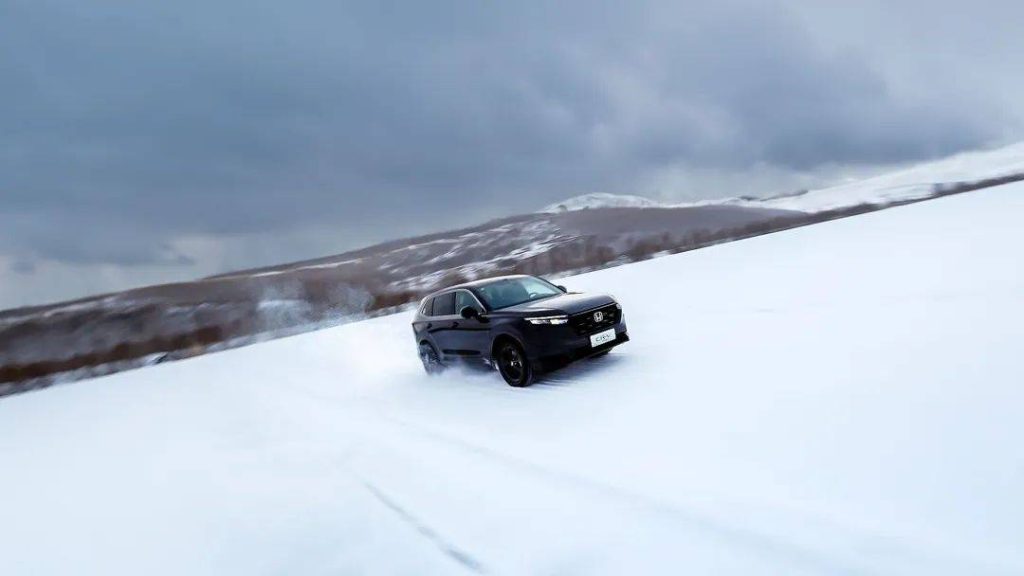
3. How Specialized Vehicles Maintain Performance Under Extreme Conditions
To perform reliably in harsh environments, specialized vehicles undergo rigorous design and testing processes. Manufacturers focus on engineering vehicles that can withstand wear and tear while maintaining peak performance. Here are some ways that these vehicles endure the harshest conditions:
3.1 Testing and Quality Control
Specialized vehicles undergo extensive testing before they are deployed in the field. These tests simulate extreme conditions such as rough terrain, intense heat, freezing cold, and high altitudes, ensuring that the vehicle can handle such environments. The vehicles are tested for everything from engine performance to durability of key components like suspension, tires, and brakes.
- Endurance Testing: Some vehicles are subjected to endurance testing, where they are driven under extreme conditions for extended periods to simulate long-term wear. These tests help identify potential weak points in the vehicle’s design that could fail during real-world operations.
- Environmental Simulation: Specialized vehicles are placed in environmental chambers to test their performance under extreme heat, cold, or humidity. For example, vehicles designed for desert operations will undergo high-temperature testing to ensure that air conditioning, engines, and tires perform well in hot climates.
3.2 Regular Maintenance and Upkeep
To ensure that specialized vehicles continue to perform optimally, regular maintenance is essential. Vehicles operating under extreme conditions often require more frequent maintenance, especially in areas like:
- Fluid Checks: Fluids such as engine oil, coolant, and brake fluid need to be checked and replaced regularly. Vehicles in hot environments or those that are subject to heavy usage often need more frequent fluid checks to ensure that their systems don’t overheat or degrade.
- Tire Inspections: Tires used in extreme conditions, such as off-road environments or snowy terrains, need regular inspection for wear and tear. Specialized tires often require frequent rotation and pressure checks to ensure optimal performance and safety.
- Engine and Transmission Maintenance: Given the intense stress placed on engines and transmissions in extreme conditions, regular engine diagnostics and transmission checks are necessary to prevent breakdowns or premature wear.
4. Conclusion
Specialized vehicles are designed to perform at the highest levels, even under the most extreme conditions. Whether it’s extreme temperatures, rough terrain, hazardous environments, or challenging weather, these vehicles are engineered with advanced materials, heavy-duty components, and cutting-edge technology to ensure that they remain operational and reliable. Custom features like reinforced frames, advanced suspension systems, high-performance engines, and climate control systems are key to ensuring these vehicles can withstand the test of time in extreme conditions.
The continued evolution of specialized vehicles, driven by innovative technologies, ensures that these vehicles not only meet but exceed the demands of the industries they serve, maintaining reliability, safety, and high performance even in the toughest environments.

